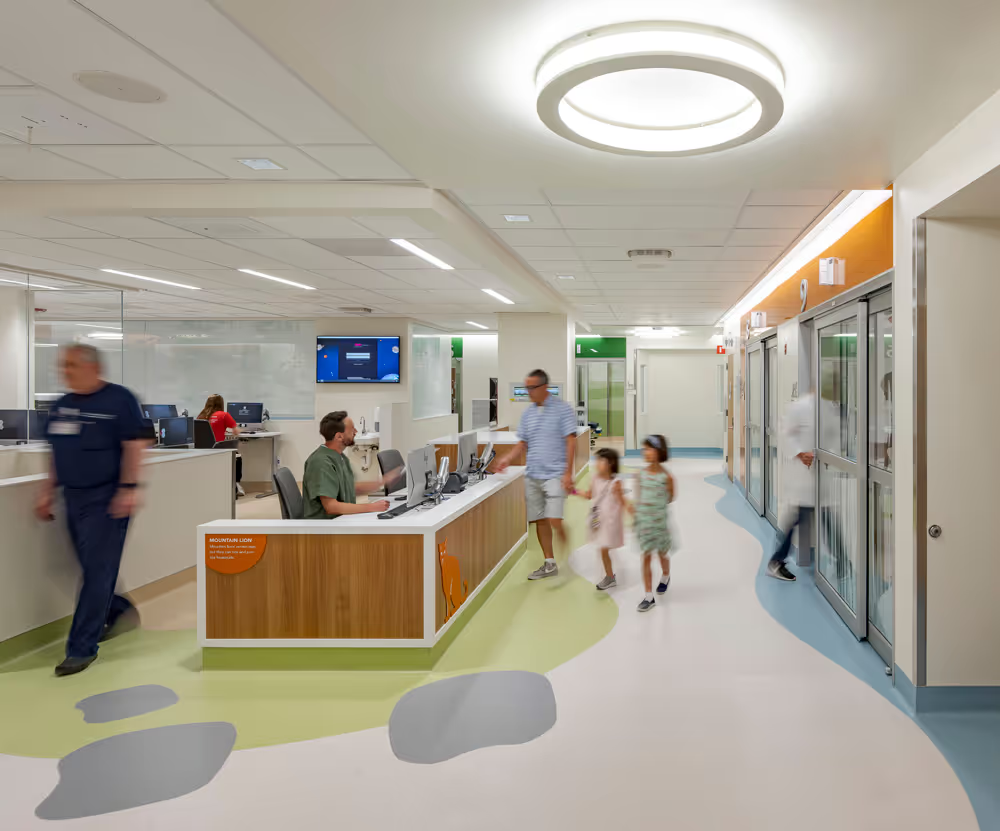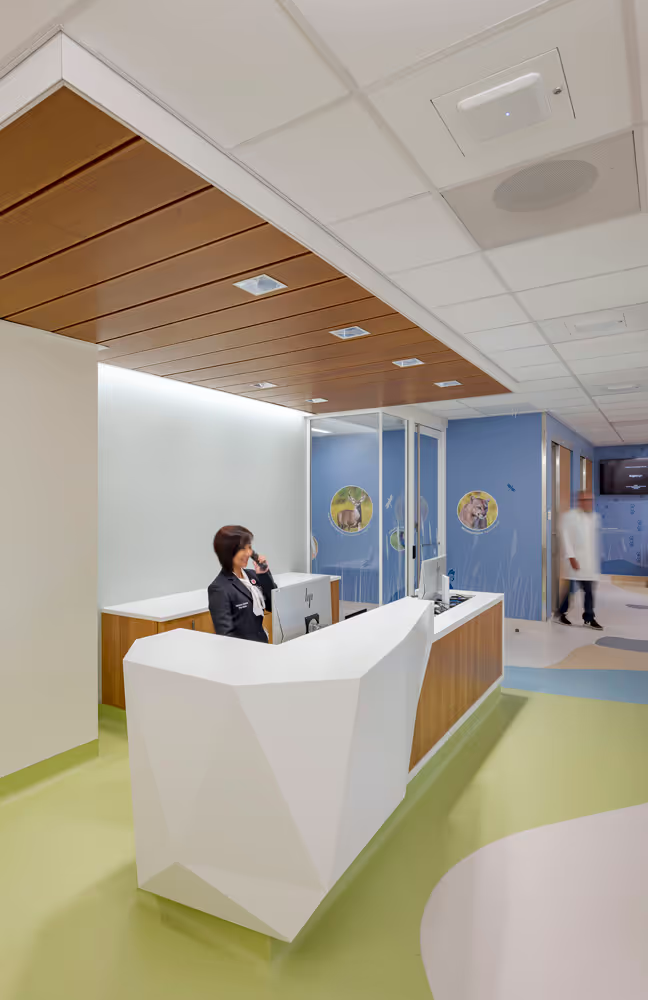The Stanford Hospital Pediatric Emergency Department Remodel entails the complex conversion of the former Adult Emergency Department into a dedicated Pediatric Emergency Department, Adult Clinical Decision Unit, and Psych Observation Unit - all serving the pediatric population of Lucille Packard Children's Hospital.
With an operational imaging suite beneath the project area, an active cafeteria adjacent, and the Cardiac Catheterization Department above, minimizing impacts to adjacent spaces was critical to project success. The project’s two primary phases were designed to allow continual operation of pediatric emergency services throughout demolition and construction, by coordinating temporary relocations of department users.
The project team utilized P6 Primavera and vPlanner to develop and maintain the schedule. Once developed, the Last Planner System allowed us to pull plan the project starting from the completion date, working backward through activities to the start date.
During construction, the team used a 3-week Look-Ahead Schedule cycle to plan the upcoming work with all team members, updating any revisions at a weekly cadence. All milestones from the Master Schedule were transferred into the Look-Ahead Schedule to ensure alignment. During weekly Owner/Architect/Contractor (OAC) meetings progress was reported through the OAC Milestones Report - a matrix comparing forecasted dates with contractual dates.
As with all projects conducted during this time, Covid-related procurement impacts were significant. In order to ensure delivery of critical equipment, weekly procurement assessments were conducted to track and coordinate owner-provided, prefabricated equipment.
Multiple utility shutdowns and relocations were required. Work was conducted during off-hours as means to minimize impact to the fully functioning hospital.
Laydown and storage space was minimal, so the team employed the Lean principle of Just-in-Time (JIT) delivery. Material loading was predominately coordinated through the ambulance parking area and next to Covid triage.






